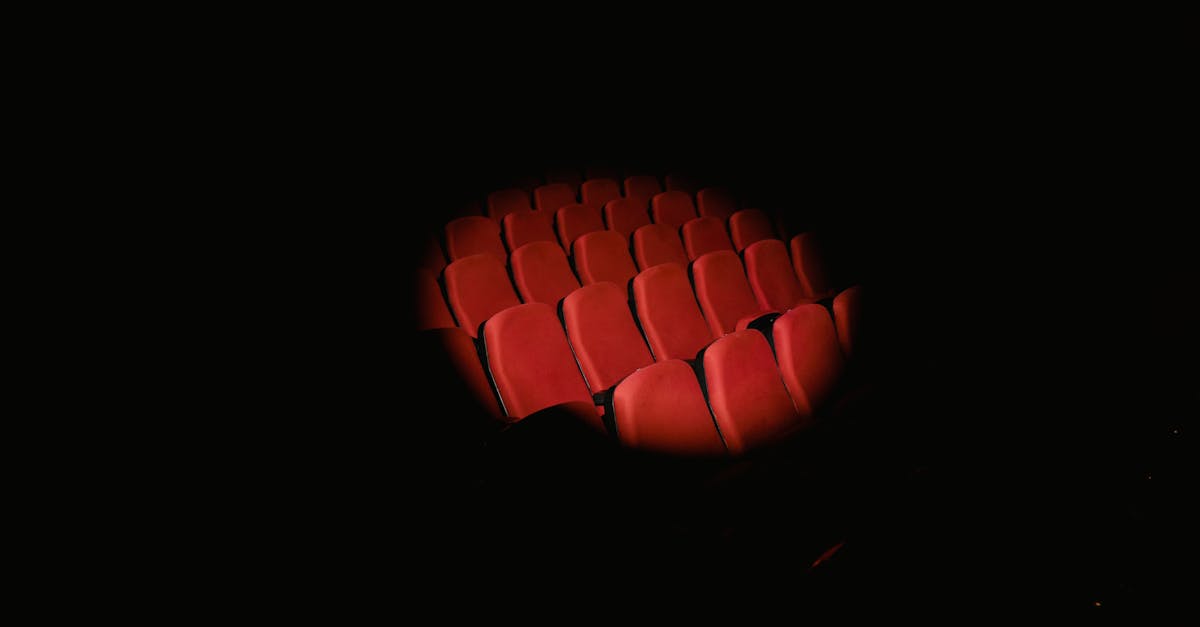Cinema Chronicles Harmonizing Entertainment
Introduction
Cinema has long been an essential part of cultural expression and societal reflection. Over the decades, it has evolved from silent black-and-white films to immersive 3D experiences. With its unique combination of visual storytelling, sound, and emotions, cinema connects diverse communities around the world. The allure of the big screen lies in its ability to transport viewers into different worlds, times, and realities. As we delve into the chronicles of cinema, we explore how filmmakers harmonize elements to create enthralling stories. Understanding the history and evolution of cinema provides insight into its enduring impact on global entertainment.
Advertisement
The Birth of Cinema as an Art Form
The origins of cinema date back to the late 19th century, when inventors began captivating audiences with moving pictures. Films like the Lumière brothers’ *La Sortie de l'usine Lumière à Lyon* marked the dawn of a new era in storytelling. Early films were silent and brief, yet they quickly gained popularity, paving the way for narrative-driven cinema. Directors soon realized the potential of film as an art form, incorporating techniques like editing, lighting, and acting. The silent film era saw icons like Charlie Chaplin rise to fame, illustrating how expressive visuals could effectively tell a story without dialogue. By harmonizing creative elements, pioneers laid the groundwork for modern cinema.
Advertisement
The Sound Revolution
The late 1920s and early 1930s saw a groundbreaking shift with the advent of synchronized sound. *The Jazz Singer* (1927) is heralded as the first feature-length talkie, forever changing audience expectations. Sound added new layers to cinema, allowing filmmakers to blend dialogue, music, and effects into their narratives. Musical scores became integral in conveying atmosphere and emotion, with composers like Bernard Herrmann setting benchmarks in film scoring. The introduction of soundtracks and voice acting enriched character development and story depth. As technology advanced, sound transformed from a novelty to a cornerstone of cinematic storytelling.
Advertisement
Color Films and Visual Storytelling
The transition from black-and-white to color films began to unfold in the 1930s, opening myriad opportunities for visual storytelling. Technicolor, with its vibrant palette, led this transition with groundbreaking films like *The Wizard of Oz* (1939). The use of color enabled filmmakers to enhance mood, symbolism, and realism, offering another dimension to narrative depth. Directors and cinematographers began experimenting with color balance to evoke specific emotions. Films like *Gone with the Wind* (1939) demonstrated how color could elevate epic storytelling. The vibrant imagery of color films captured the audience’s imagination, enriching the visual experience of cinema.
Advertisement
The Golden Era and Genre Diversity
Cinematic history saw a golden era spanning the 1940s to the 1960s, characterized by iconic films and diverse genres. Hollywood studios produced numerous classics, including suspenseful noirs, charming musicals, and sweeping epics. This era saw a proliferation of auteur directors, like Alfred Hitchcock, who manipulated elements of cinema to craft tense, atmospheric thrillers. Genres diversified, catering to different audiences and reflecting cultural values, fears, and aspirations. Global cinema also began gaining recognition, with international filmmakers like Akira Kurosawa contributing distinct voices. The harmonious blending of genre conventions and innovative storytelling defined this influential period.
Advertisement
The New Wave Movements
The 1960s and 1970s heralded an era of experimentation and freedom in filmmaking, epitomized by global "new wave" movements. Filmmakers sought to break away from traditional constraints, favoring personal narratives and creative expression. The French New Wave, for instance, introduced groundbreaking techniques like jump cuts and non-linear storytelling. Directors such as Jean-Luc Godard and François Truffaut reshaped narrative cinema with fresh perspectives. In parallel, the American New Hollywood movement embraced gritty realism and complex characters. These movements emphasized the auteur's voice, using cinema as a platform for artistic innovation and societal discourse.
Advertisement
The Impact of Technology in Modern Cinema
The late 20th and early 21st centuries witnessed a cinematic revolution driven by technological advancements. Digital filmmaking emerged, offering directors unprecedented control over visuals and editing. Special effects, computer-generated imagery (CGI), and animation became staples of blockbuster production. Filmmakers like Steven Spielberg and James Cameron showcased how technology could amplify storytelling ambitions. With the rise of streaming services, diverse content reached global audiences, transforming consumption patterns and industry dynamics. These technological leaps have enabled filmmakers to weave intricate, visually stunning tales, revolutionizing the cinematic landscape.
Advertisement
Cinema as a Reflection of Society
Cinema serves as a mirror to society, reflecting prevailing beliefs, concerns, and aspirations of different epochs. Historically, films have tackled pressing social issues, including class struggles, racial tensions, and human rights. Documentaries augment this role by shedding light on real-world experiences and fostering discussion and change. Genre films, from science fiction to political dramas, have continuously pushed boundaries, encouraging viewers to question reality and imagine possibilities. Through communal storytelling, cinema has become a powerful tool for cultural exchange and introspection. The harmonization of narrative elements has ensured film maintains its influential role in shaping and interpreting societal narratives.
Advertisement
Globalization and Cultural Exchange
As cinema permeated different cultures, it facilitated exchange and collaboration, showcasing diverse narratives to worldwide audiences. Bollywood, Nollywood, and emerging film industries across Asia, Africa, and Latin America present rich cultural tapestries. Global festivals, like Cannes and the Berlin Film Festival, celebrate cross-cultural exploration and innovation. Co-productions and cross-border collaborations have flourished, diversifying content and fostering mutual understanding. Directors and producers harmonize international influences, blending cultural aesthetics and narratives into cinematic art. This globalization of cinema underscores its role as a universal language that transcends borders and fosters cultural appreciation.
Advertisement
Summary and Conclusion
Cinema continues to be a dynamic and evolving art form, harmonizing diverse elements to captivate audiences. From its pioneering origins to current technological innovations, filmmakers have pushed boundaries to create compelling narratives. By reflecting societal values and challenges, cinema has remained relevant as a catalyst for discussion and change. As global exchange and collaboration increase, films will continue to serve as cultural ambassadors, fostering understanding and connection. Ultimately, the enduring appeal and impact of cinema affirm its position as a central pillar of modern entertainment.
Advertisement








